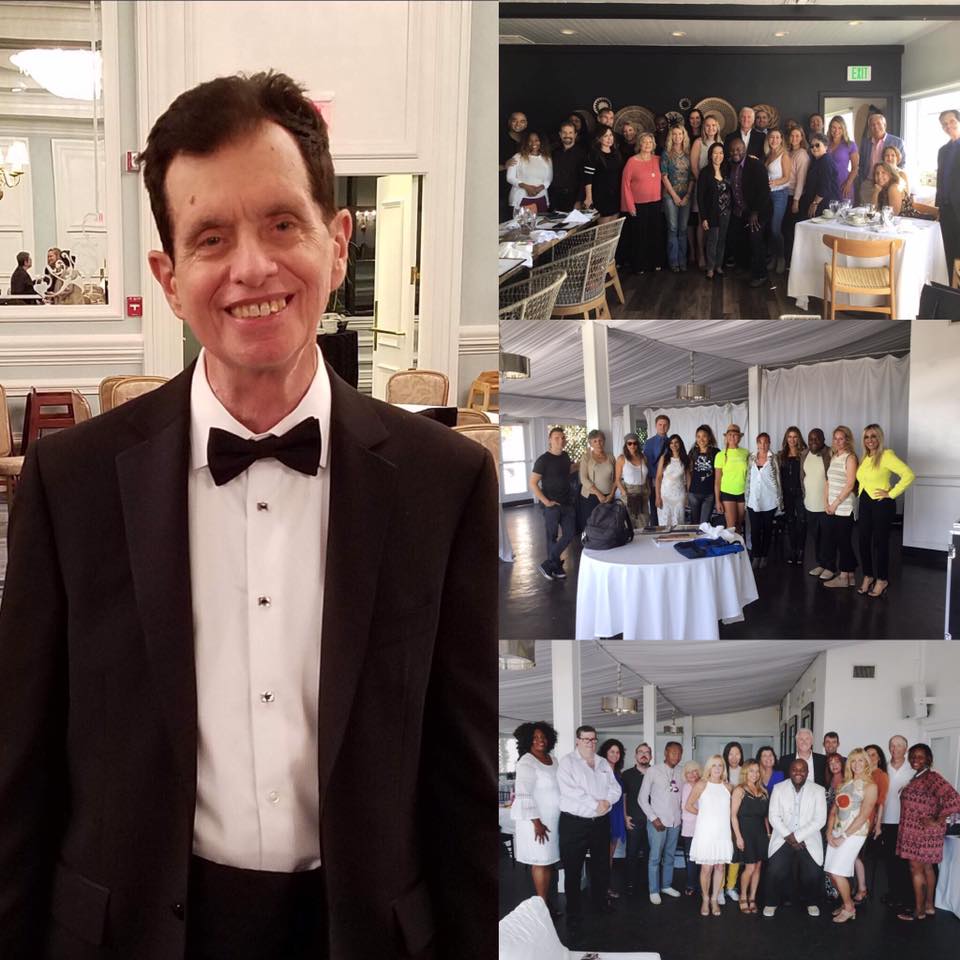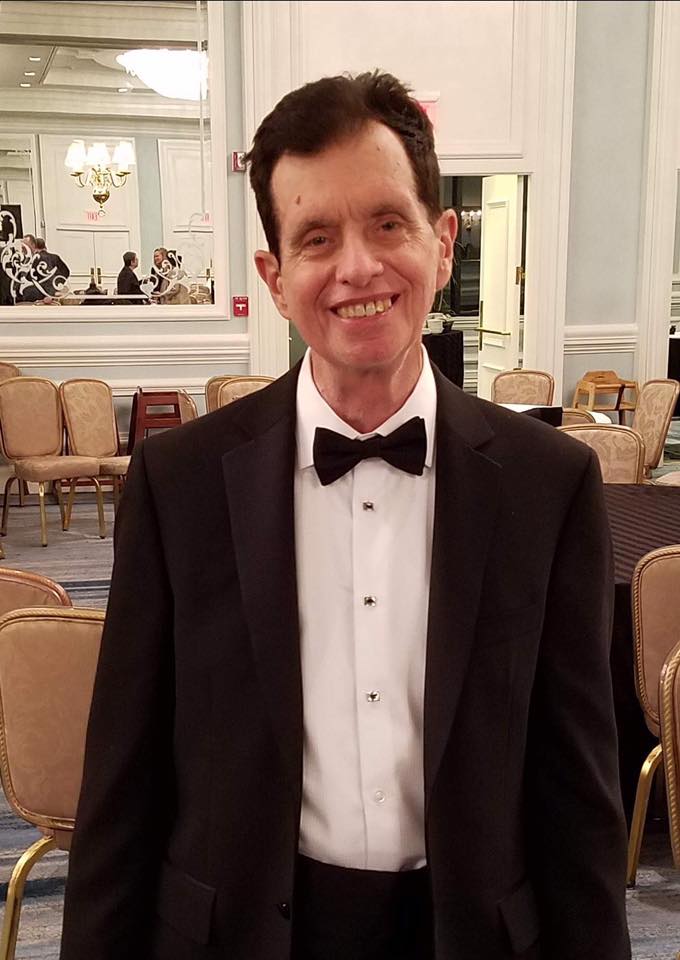- In your keynote in Malibu, you mentioned about imagined community in reference to Wall Street that has people everywhere being part of it rather than just those stock brokers living in NYC. How do you define in your own words an imagined community?
“Imagined community” is a term coined by the late political scientist Benedict Anderson. In his definition, imagined communities are “socially-organized communities imagined by people who perceive themselves as part of that group.” He used the term to describe how nation-states were formed, prompted by the invention of the movable type printing press by Johannes von Gutenberg. Thar invention made possible the publication of The Bible and other books in the vernacular. Which enabled people to read them and talk about them. As we all know, that led to such historical developments as the Protestant Reformation; and, in Anderson’s construct, it led to a sense of communion with people who spoke the same language and shared the same ethnicity, a communion eventually codified in the Treaty of Westphalia and the formation of the nation-states of Europe.
I argued in my keynote that imagined communities do not have to have physical borders, that they can be metaphors for communities that can stretch to far-flung corners of the world. Wall Street is a good example. A hedge fund manager living and working in Pacific Palisades who hardly ever sets foot in Manhattan is definitively part of Wall Street. Hollywood is another example. The owner of a production company in Santa Monica who shoots movies and runs shows in Burbank is definitively part of Hollywood even if he or she hardly ever goes to the physical place known as Hollywood.
2. Would you give us 3 examples of imagined community from the American Revolution era?
What’s unique about the U.S. is that it was possibly the first imagined community that was built around a set of core principles as well as a common language, principles that were codified in the Constitution and the Bill of Rights. So, the nation itself was an imagined community, and its founders decided that its formation was worth the bloodshed of war. What was also unique about the U.S. was that its western border was a frontier. In 1893, Frederick Jackson Turner published The Frontier Thesis, in which he argued that the nation’s style of individualistic democracy developed because of the presence of the frontier. Once that border reached the Pacific Ocean, the nation found new frontiers of innovation and pushed its boundaries beyond Earth’s atmosphere. Just ask Neil Armstrong.
Imagined communities are embedded in what professionals in public diplomacy call national narratives. The national narrative of the U.S. includes such landmarks as Plymouth Rock, the Jamestown Colony and the first Thanksgiving. Norman Rockwell became sort of the “artist laureate” of the national narrative in the U.S.
That having been said, it can be argued that the U.S. is a patchwork of imagined communities. In Colin Woodard’s book American Nations: A History of the Eleven Rival Cultures of North America, the author argues that different regions of the nation developed different values and different cultures because the people who settled there came from different regions of the world. In his construct, New York is cosmopolitan and tolerant in part because it was settled by the Dutch, who were accustomed to having diverse populations in their port cities.
What would be three examples of imagined communities in these modern times in which we are living?
What’s different about modern times, and specifically about the twenty-first century, is that we live in what Manuel Castells calls a “network society.’” In his definition, it is a society in which the key social structures and activities are “organized around electronically processed information systems.” In other words, it is a society in which the metaphorical public square is the internet. So, thanks to global financial and information flows, a Wall Street banker living in Manhattan has more in common with an investment banker in the United Kingdom thousands of miles away than he or she does with someone living in the South Bronx a few miles away. Another illustration is a thought experiment: Ask yourself how many people you know in your neighborhood or apartment building and compare that with the number of Facebook friends you have.
One of the central arguments of my keynote is that imagined communities have become business models and that the key challenge of journalism in the internet age is to develop imagined communities that will help them survive. So, for example, The Wall Street Journal no longer sells subscriptions; it sells memberships that offer not only delivery of the newspaper and access to the website, but also tours of the newsroom, access to editors and travel opportunities with other readers. The News Press, a newspaper based in Fort Myers, Florida, discovered that people were being overcharged for water and sewer connections, so it asked its readers to email examples of those overcharges. Thousands of people responded, and the newspaper was able to publish a very compelling story that was co-written, in a very real sense, by the community.
But the idea of an imagined community as a business model extends far beyond journalism. Apple, beginning with its “Think Different” campaign, developed an imagined community of users centered originally on its founder, Steve Jobs, and its innovations. When Apple was about to introduce a new product, people would line about at its stores hours before they opened and then high-five the sales clerks as they plunked down hundreds of dollars for a device. That’s an imagined community. The Star Wars franchise has historically operated somewhat on the same principle. So imagined communities can be important business models in an era of instant communication.
3. How can being part of an imagined community can make a difference?
Ultimately, imagined communities affect how we perceive ourselves. They’re part of our individual and group definitions, and they have an impact on how we act, how we perceive the world, how we buy and what we value. The promise and the danger of imagined communities is that they are self-reinforcing, so they can cause perceptions and misperceptions to snowball. Imagined communities at their worst descend into tribalism. Imagined communities at their best ascend to a shining city on a hill.



